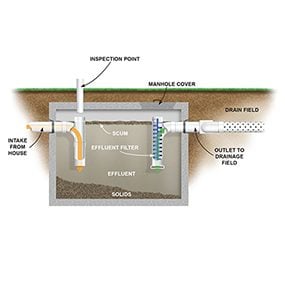
....................................
Septic Tanks
Jim vonMeier
Save big money by
understanding how does a septic tank work — and what can go wrong — so you can
perform your own septic system maintenance.
By the DIY experts
of The Family Handyman Magazine
A
well-designed, properly installed septic system can last for decades—or fail in
just a few years. It’s up to you as long as you can answer how do septic
systems tanks work.
Maintaining healthy septic systems
isn’t all that expensive, but you could easily spend tens of thousands to dig
up and replace a septic system that has totally failed.
As
the old saying goes, an ounce of prevention is worth a pound of cure. It’s
important to learn how does a septic tank work.
Good maintenance starts with
understanding how does a septic system works and how it can fail. Let’s take a
look underground and see what’s supposed to happen in a well-functioning septic
system.
After
that, I’ll show you why things go wrong and give you some pointers for keeping
your system in top shape.
It’s a cafeteria for bacteria
Bacteria are what makes a septic system work. They break
down waste, leaving water clean enough to safely percolate down into the earth.
The
whole system is designed to keep bacteria healthy and busy. Some live in the
tank, but most do their work in the drain field.
1. All waste flows to the septic tank.
2. Watery waste, called “effluent,” fills most of the
tank. Anaerobic bacteria begin breaking down the organic material in the
effluent.
3. A layer of sludge falls to the bottom. Sludge is
composed of inorganic solids and the byproducts of bacterial digestion.
4. A layer of scum floats to the top. Scum is primarily
composed of fats, greases and oils.
The septic tank acts like a settling pond. Greases and
oils float to the top. Heavier solids sink to the bottom.
5. A filter prevents most solids from entering the outlet
pipe.
6. Effluent flows to the drain field.
The
drain septic field provides a large area where bacteria can thrive and treated
water can seep into the ground.
7. Holes in the drain septic field pipe allow effluent to
seep into surrounding gravel.
Gravel
around pipes allows water to flow into soil and oxygen to reach bacteria.
8. Aerobic bacteria in gravel and soil complete
decomposition of the waste.
9. Clean water seeps down into the groundwater and
aquifer.
Don’t abuse the system
A septic system that was properly designed and installed
needs only occasional ‘pumping’ to remove the sludge and scum from the tank.
But
without knowing how does a septic tank work, you can do things that harm—or
destroy—the system.
· Waste that decomposes slowly (or not
at all) gets flushed down drains. Cigarette butts, diapers and coffee grounds
often cause problems.
· If used heavily, garbage disposers
can send too much solid waste into the system.
· Lint from synthetic fibers flows from
washing machines. Bacteria in the tank and drain septic field can’t break it
down.
· Household chemicals like disinfecting
cleaners and antibacterial soaps kill bacteria. Most systems can handle light
use of these products, but the less you use them, the better.
· Too much wastewater over a short
period of time flushes out the tank too rapidly.
· Too much sludge reduces bacteria’s
ability to break down waste. Excess sludge can also overflow into the drain
field.
· Sludge or scum plugs holes in the
pipe.
· Roots from trees and shrubs can clog
and damage a drain field.
· Compacted soil and gravel block
seepage of effluent and deprive bacteria of oxygen. This is often caused by
cars driving or parking on the drain field.
Pumping removes the buildup of sludge and
scum, which slows down bacterial action in the tank.
Your tank may need pumping each year, but
it’s possible to go two or three years between pumpings, depending on the size
of your tank and the amount of waste you run through the system.
Ask your inspector to make a rough
recommendation for how often your tank should be pumped.
Septic
tank pumping
Regular inspections and pumping are
critical. But if you’re not squeamish, you can check the sludge level yourself
with a device called The Sludge Judge. It costs $100 to $125 and is widely
available online.
Once
you’ve determined that your tank is one-third full of sludge, call a contractor
to come pump it out.
Septic
tank diagram
Waste from your house settles into
three layers. The septic filter keeps the drain field pipes from clogging.
Ask
your contractor to install an effluent filter on the outflow pipe on your tank.
(It will probably cost $50 to $100, plus labor.) This device helps prevent
solids from entering the drain field and will need to be cleaned out on
occasion by a contractor.
Solution for a clogged septic system
If your septic system becomes clogged and you frequently
have to clean the filter, you might be tempted to simply remove it. Keep it.
Septic
tanks work by allowing waste to separate into three layers: solids, effluent
and scum (see illustration above). The solids settle to the bottom, where
microorganisms decompose them.
The
scum, composed of waste that’s lighter than water, floats on top. The middle
layer of effluent exits the tank and travels through underground perforated
pipes into the drainage field.
There,
gravel and soil act as biological filters to purify the wastewater as it sinks
into the ground (see illustration above).
Your state health code requires an effluent filter, so
keep it in place. (Not all regional codes require this filter.) Besides,
removing the filter could create a far worse (and expensive) problem.
Without
the filter, waste particles could pass into the perforated pipes and clog them.
It would require extensive digging to clean and unclog the system.
However, your filter should not need semiannual cleaning.
Most filters don’t have to be cleaned until the tank is pumped, which is
typically every two to five years.
Chances
are you’re putting filter-clogging materials down your drain, such as grease,
fat or food scraps.
The use of a food disposer is a common mistake. A disposer
won’t break down food particles enough to allow them to pass through the septic
tank filter.
It
can increase the amount of solids in the septic tank by as much as 50 percent.
Flushing
plastic materials, disposable diapers, paper towels, nonbiodegradable products
and tobacco will also clog the system.
You may be able to improve the performance of your system
by adding bacteria with a product such as RID-X. Your pro should be able to
tell you if your system will benefit from this treatment as you discover how
does a septic tank work.
Alternatives to a
new drain field
If an inspection or sewage backup
reveals that your drain field is in trouble, the ultimate solution is to
replace it. The cost can be huge, however, so it’s worth discussing other
options with a contractor.
·
Clean the pipes. A contractor can
clear out the drain septic field pipes with a rotary pressure washer. “Jetting”
the pipes usually costs about $200.
· Treat the system with chemicals. Ask
your contractor about treating your system with a commercial product (not a
homemade one) that increases the amount of oxygen in the drain field. I
recommend Septic-Scrub.
A typical treatment costs $500 to $1,000.
· Loosen the soil. In states where it’s
legal, some contractors can fracture compacted soil around the pipes by
injecting high-pressure air in numerous locations around the drain field, a
process called “terra-lifting.” Depending on the situation, this can cost less
than $1,000 or more than $4,000.
Don’t overload the
system
Limit your water use. Reducing the
amount of water that runs into your tank, particularly over a short period of
time, will prevent the flushing of untreated waste into your drain field.
You
can replace old toilets with low-flow models, install reduced-flow showerheads,
and simplest of all, wash laundry throughout the week rather than just on
Saturday morning.
Jim
vonMeier believes septic systems are the answer to America’s water shortage
because they deliver purified water to depleted aquifers. He travels the
country advocating, lecturing and testifying on septic systems. If you have a
septic system question and want to know how does a septic tank work, write to him.
https://www.familyhandyman.com/plumbing/how-a-septic-tank-works/
.....
.....
Save time, space and labor cost with the
BESTANK FILTERING SEPTIC TANK
It saves labor cost, space and time as compared to traditional concrete septic tanks. You will only need a 2M X 1.5M space and you can finish installing it in half a day.
The Filtering Septic Tank Advantage:
1 - Environment-Friendly
2 - Guaranteed to Last
3 - Easy to Install
4 - Labor & Time-Saving
5 - Cheap & Affordable
2 - Guaranteed to Last
3 - Easy to Install
4 - Labor & Time-Saving
5 - Cheap & Affordable
Environment friendly, made with 100% recycled materials
Easy "dig & Shoot" Installation
Three stage design complies with industry standards (anaerobic digestive, filtering and anaerobic culturing
Durable and reusable
Easy "dig & Shoot" Installation
Three stage design complies with industry standards (anaerobic digestive, filtering and anaerobic culturing
Durable and reusable
Installation:
1. Dig a hole 2m deep, 15m diameter.
1. Dig a hole 2m deep, 15m diameter.
2. Level the ground by spreading 10cm/4in of compacted sand at the bottom of the pit.
3. Lower Bestank Purifying Septic Tank, ensure that manhole cover is 7cm above natural grade line or at least level to suit the required elevation of the inlet / outlet pipes.
4. Connect the inlet pipe to the toilet's outlet.
5. Fill the space surrounding the tank with soil, sand and gravel.
5. Fill the space surrounding the tank with soil, sand and gravel.
6. Make sure that the tank is half-filled with water to prevent possible floating due to hydraulic pressure introduced by presence of groundwater.
7. Finish with cement.
Specifications:👉 Capacity: 7 persons👉 Height: 1.485M👉 Diameter: 1.1.1M👉 Volume: 1.10 cbm👉 Weight: 80kg👉 Material: Recycled PE👉 Color: Black
-------------------------
-------------------------
Contact us at
📱0949-838-8218
📱0933-875-4415
📱0905-752-4336📞 (033)5196057
📱0949-838-8218
📱0933-875-4415
📱0905-752-4336📞 (033)5196057
Our store is located at
Vice President Fernando Lopez Avenue, Aganan, Pavia, Iloilo (in front of 7/11 Convenience Store)
Vice President Fernando Lopez Avenue, Aganan, Pavia, Iloilo (in front of 7/11 Convenience Store)
-------------------------
We also install, sell and offer the following services:
- WATER TREATMENT SYSTEMS: Residential, Commercial, Industrial
- WASTE WATER TREATMENT SYSTEM
- WATER PUMPS, CONTROLLERS, SENSORS
- DEEP WELL DRILLING
- STORAGE TANKS: Stainless Steel, Polyethylene, Bestank, Firstank, Weida
- PRESSURE TANKS - Bladder- Diaphragm
- uPVC PIPES & FITTINGS: Blue, Sanitary, Electrical
- BI PIPES & FITTINGS: Megafusion, Belden, Lamco
- FIREFLY, ROYU, SASSIN LIGHTING & ELECTRICAL COMPONENTS
...........
 |
Multi-Media Filter, Highly-Activated Carbon Filter,
Zeolite-Process Water Softener With Brine Tank,
Fiberglass Ballast-Type Pressure Tank
(fully automatic backwash & regeneration)
|
PURICARE
Water
Treatment
Systems.
.
...Aganan, Pavia, Iloilo, Philippines...
CLICK HERE . . . to view company profile . . .
..............................
..............................
 |
| Bladder-Type Pressure Tank |
 |
| Houston Water Pump with Mazaki Automatic Pump Controller |
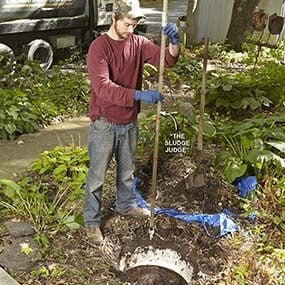
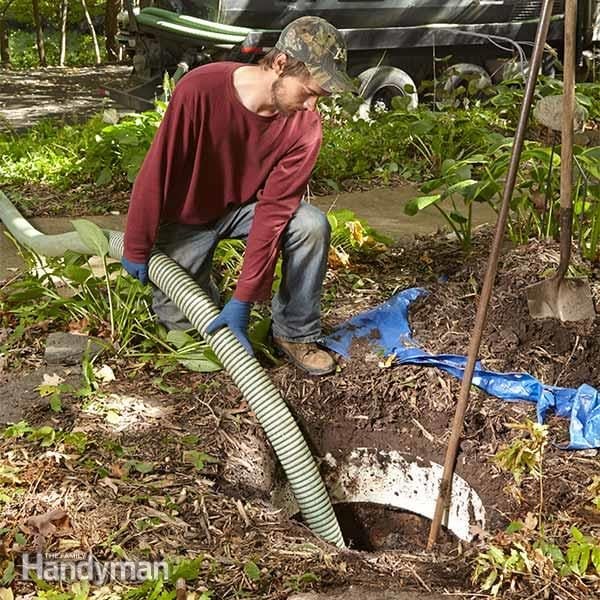

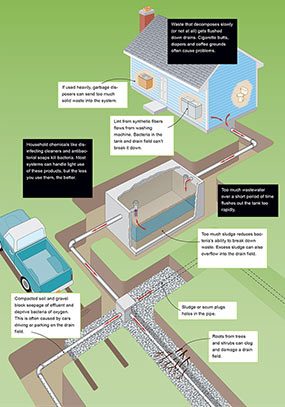
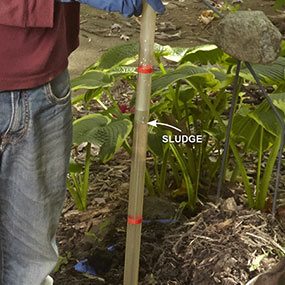






Grease traps have been used throughout the world since the 19th century to capture oils, fats, and greases, thus preventing them from entering the wastewater sewage system.
ReplyDeleteImproper grease trap maintenance can result in grease trap backups, waste water leakages, or bad odors within the kitchen, jeopardizing the cleanliness and safety of your kitchen and food processing facilities.
ReplyDeleteModesto Septic Service Pros
Household wastes travel through a main line into the septic tank. The bacteria that occur naturally in the waste work to break material down in the tank.
ReplyDeleteCalled for our first Pump and was scheduled the next day! Very nice. Process was quick. Tech answered my many questions. Great job.
ReplyDeleteJune